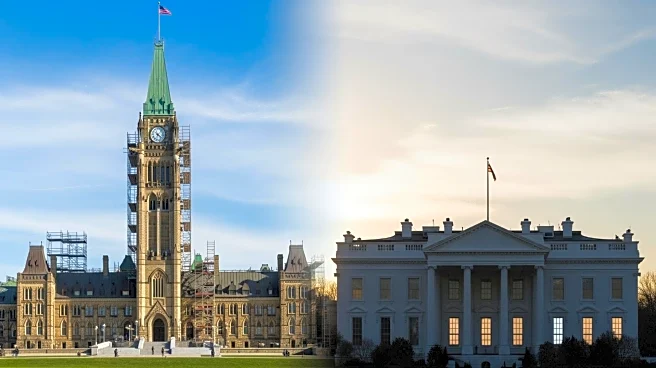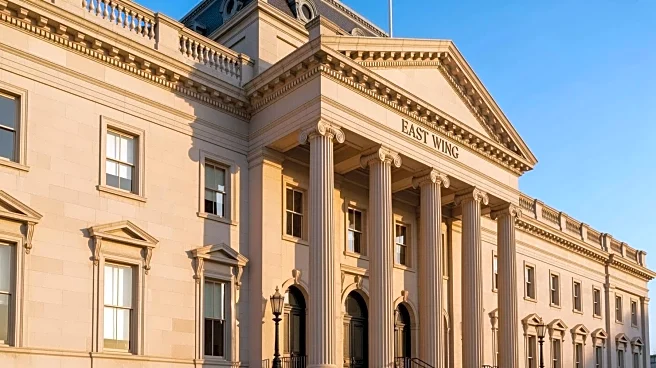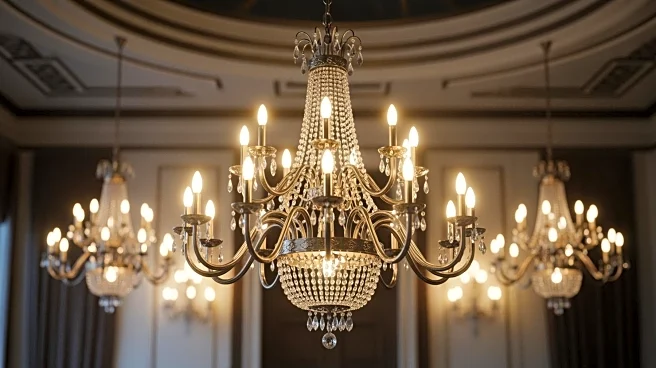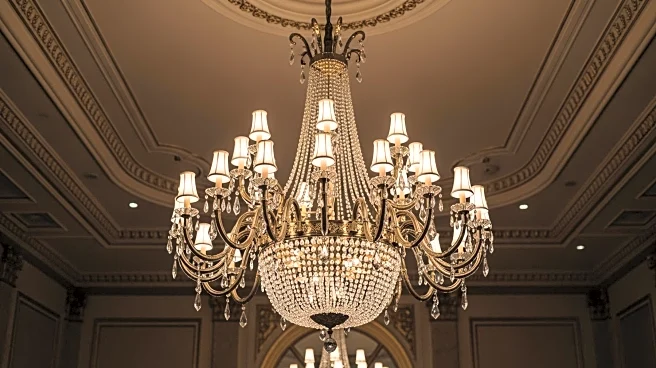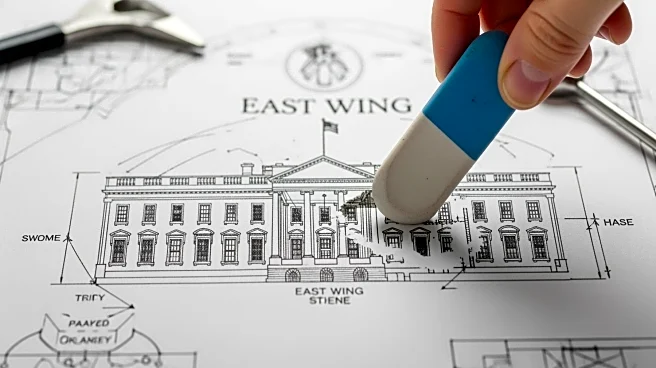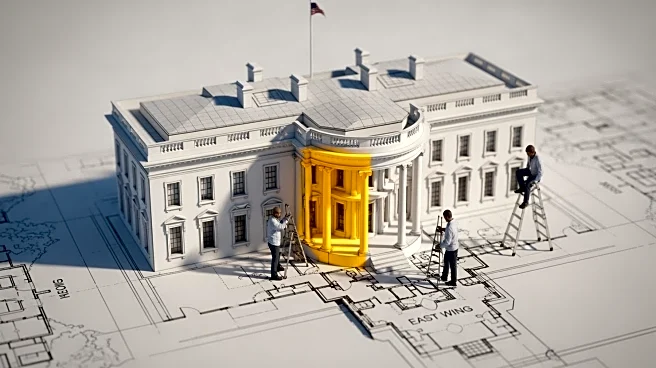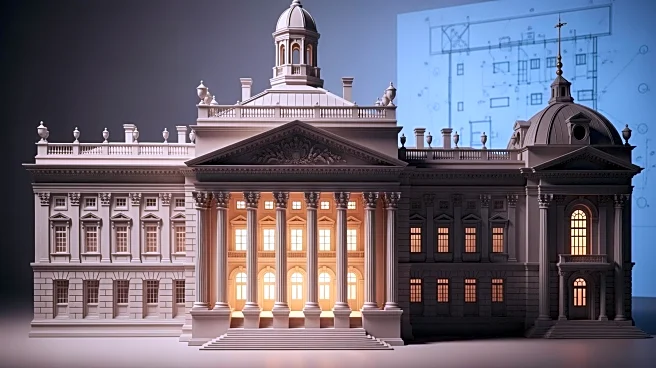What's Happening?
The renovation of Canada's Parliament buildings, expected to take up to 30 years, contrasts sharply with the rapid demolition of the White House's East Wing for President Trump's ballroom project. Canada's approach
involves extensive planning and preservation efforts, with a focus on maintaining the historical integrity of the buildings. The project, led by HOK, includes the removal and protection of over 20,000 heritage items and aims to upgrade the buildings to modern standards. This deliberate pace highlights the challenges of balancing preservation with modernization in historic government buildings.
Why It's Important?
The contrasting approaches to renovations in Canada and the U.S. underscore different priorities in handling historic landmarks. Canada's emphasis on preservation and careful planning reflects a commitment to maintaining cultural heritage, while the rapid changes at the White House raise concerns about the impact on historical integrity. These differences highlight broader debates about the role of government in preserving national landmarks and the importance of public input in such projects. The outcomes of these renovations could influence future policies on historic preservation and modernization in both countries.
Beyond the Headlines
The renovation projects in Canada and the U.S. reflect broader cultural attitudes towards history and progress. Canada's careful approach may serve as a model for other countries facing similar challenges, emphasizing the importance of preserving cultural heritage while accommodating modern needs. The White House project, on the other hand, raises questions about the influence of political leaders on national landmarks and the potential consequences of prioritizing modernization over preservation. These developments could shape future discussions on the role of government in managing historic sites and the balance between tradition and innovation.
